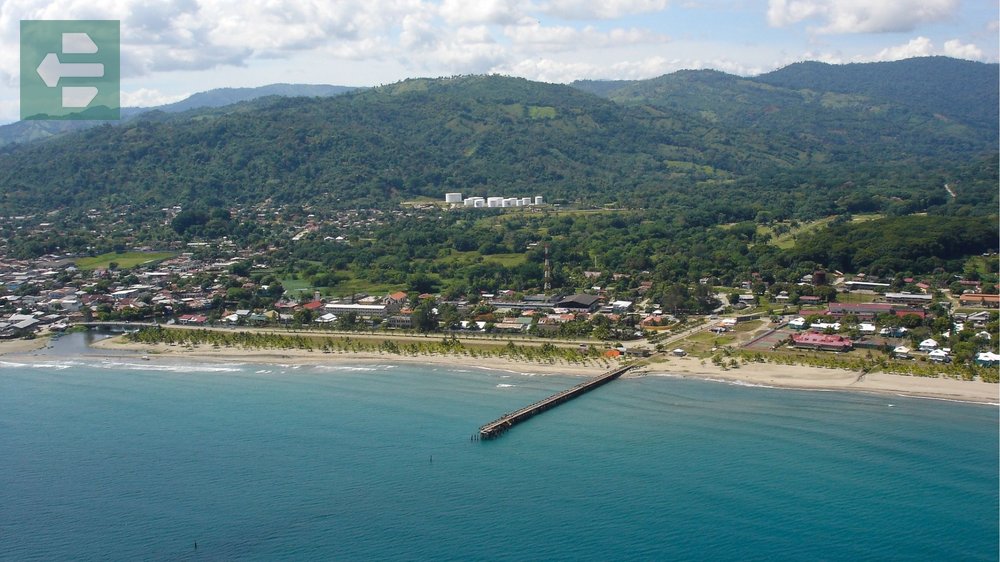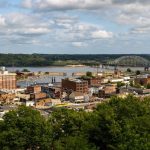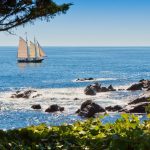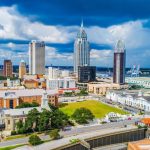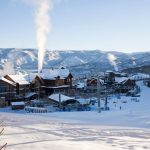Honduras offers an extraordinary mix of ancient Mayan ruins, pristine Caribbean islands, and lush national parks. The country's top destinations include Copan Ruinas with its intricate stone carvings, the diving paradise of Roatan and Utila, the serene Lake Yojoa, and the cloud forests of La Tigra National Park. Other remarkable spots are Pico Bonito's waterfalls, the untouched Cayos Cochinos, and the historic colonial charm of Comayagua and Gracias.
Keep reading as we uncover the best places to visit in Honduras that will transform your Central American adventure into an unforgettable journey through ancient civilizations, underwater worlds, and natural wonders.
List of Contents
- 1. Copan Ruinas: Where Stones Tell Stories
- 2. Roatan: Caribbean Dreams Made Real
- 3. Utila: The Backpacker's Diving Haven
- 4. Lake Yojoa: Honduras' Peaceful Heart
- 5. La Tigra National Park: Cloud Forest Sanctuary
- 6. Pico Bonito National Park: Adventure Central
- 7. Cayos Cochinos: Pristine Island Paradise
- 8. Lancetilla Botanical Gardens: Living Laboratory
- 9. Comayagua: Colonial Time Capsule
- 10. Gracias: Mountain Town Charm
- 11. Garifuna Cultural Villages: Living Heritage
- 12. Jeanette Kawas National Park: Coastal Wilderness
1. Copan Ruinas: Where Stones Tell Stories
The Mayan ruins at Copan represent the pinnacle of ancient stone carving artistry. Dating back to the 5th century, this UNESCO World Heritage Site features the famous Hieroglyphic Stairway—the longest known Maya text in existence.
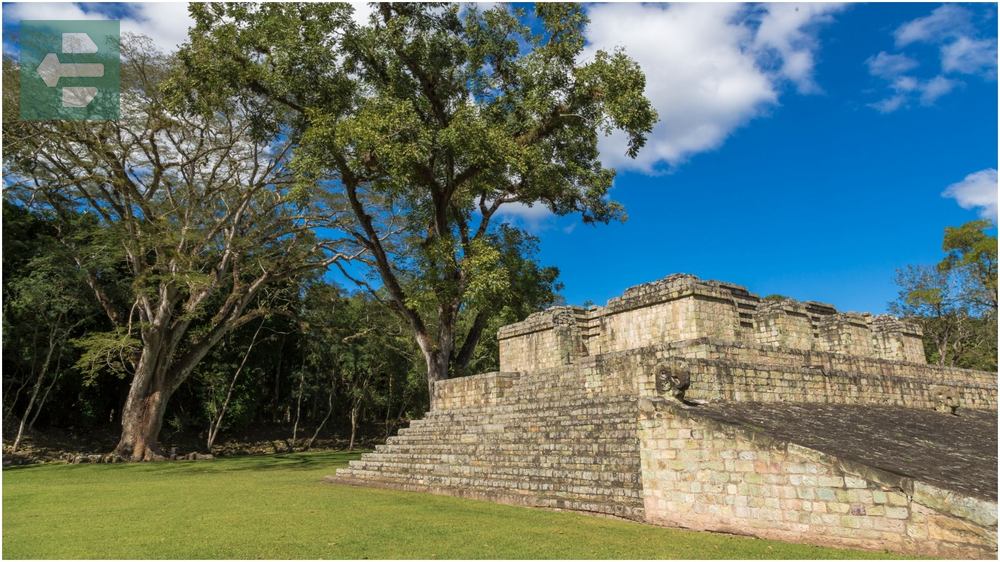
The site spreads across a lush jungle valley where howler monkeys announce each dawn. Walk through the Great Plaza and you'll understand why archaeologists call Copan the “Athens of the Maya world.” The intricate stelae and altars showcase a level of craftsmanship unmatched elsewhere.
Skip the rushed day trips. The ruins deserve at least two full days to appreciate their complexity and beauty.
Quick Facts:
- Peak season: November-April
- Access: Fly to San Pedro Sula, then 3-hour drive
- Entry fee: From $15
- Suggested stay: 2-3 days
- Key sites: Hieroglyphic Stairway, Ball Court, Acropolis, Las Sepulturas
2. Roatan: Caribbean Dreams Made Real
Roatan sits on the world's second-largest barrier reef, making it a diver's paradise with crystal-clear waters and abundant marine life. The island maintains a laid-back Caribbean atmosphere while offering world-class facilities.
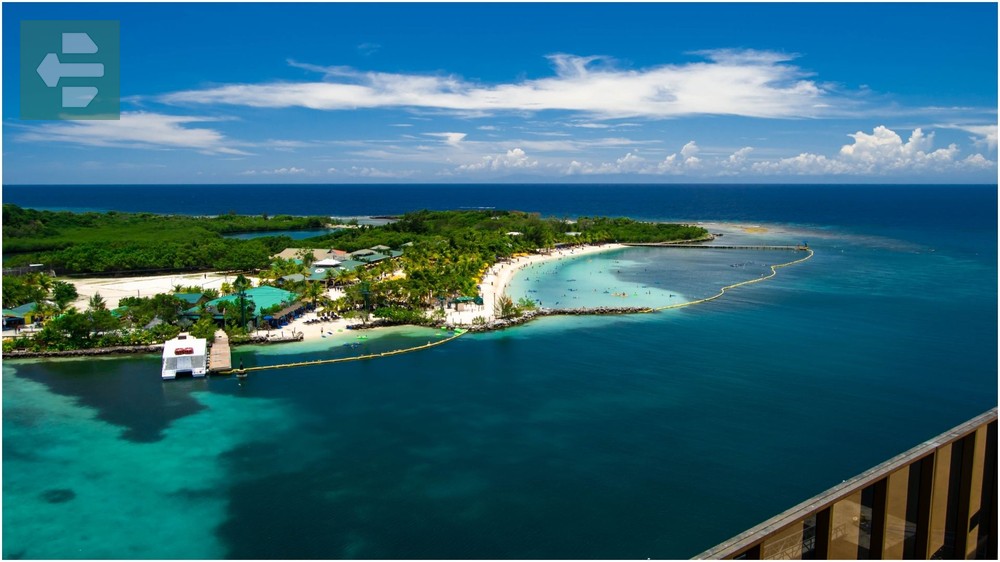
West Bay Beach stretches for miles with powdery white sand and calm turquoise waters. The reef lies just meters from shore, perfect for snorkeling directly from the beach. Gumbalimba Park offers encounters with capuchin monkeys and colorful macaws in their natural habitat.
Local fishermen sell fresh lobster and conch right on the beach at sunset—the island's best-kept dining secret.
Quick Facts:
- Peak season: February-August
- Access: Direct flights from major US cities
- Entry fee: Free beaches, park fees vary
- Suggested stay: 4-7 days
- Key areas: West Bay, West End, French Harbour, Coxen Hole
3. Utila: The Backpacker's Diving Haven
Utila earned its reputation as one of the world's cheapest places to get scuba certified, but the island offers much more than budget diving. This small Caribbean island maintains an authentic, unhurried pace that bigger destinations have lost.
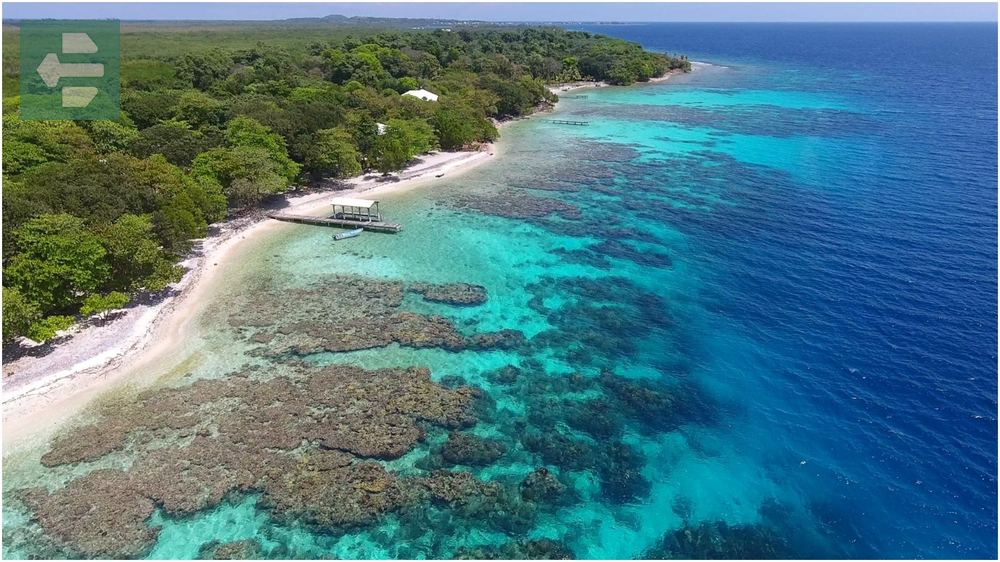
The island's main town clusters around the harbor, where wooden houses on stilts create a charming waterfront scene. Water Cay, accessible by a short boat ride, provides pristine beaches and excellent snorkeling without crowds.
At 6:30 AM one October morning, I watched the sunrise paint the Caribbean in shades of gold while fishing boats returned with the night's catch. That moment captured why Utila feels like stepping back in time.
Quick Facts:
- Peak season: March-August
- Access: Ferry from La Ceiba (45 minutes)
- Entry fee: Island tax $2
- Suggested stay: 3-5 days
- Key spots: Utila Town, Water Cay, Chepe's Beach, Neptune's Bar
4. Lake Yojoa: Honduras' Peaceful Heart
Honduras' largest freshwater lake spans 31 square miles of serene water surrounded by lush mountains and two national parks. The area has become a must-stop on the Central American backpacker trail, largely thanks to D&D Brewery—a Virginia transplant's creation that put this hidden gem on the map.
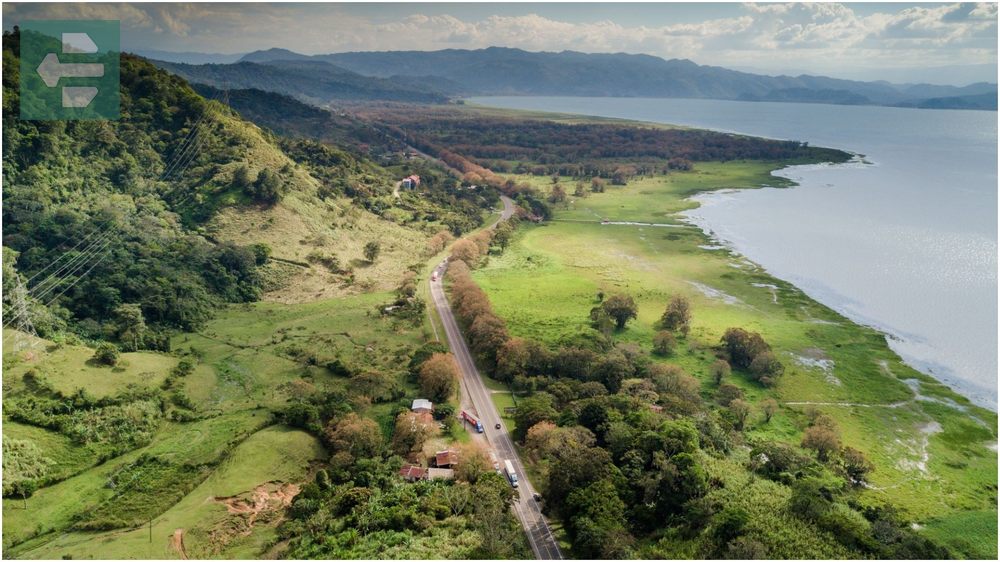
Kayaking across the lake at dawn reveals why over 400 bird species call this region home. The surrounding wetlands and forests create a birder's paradise. Los Naranjos village provides easy access to kayak rentals and hiking trails into nearby national parks.
The lake sits directly between Honduras' two largest cities, making it a perfect midpoint for overland travelers seeking natural beauty.
Quick Facts:
- Peak season: November-April
- Access: 2 hours from San Pedro Sula or Tegucigalpa
- Entry fee: Free, activity fees vary
- Suggested stay: 2-3 days
- Activities: Kayaking, birdwatching, hiking, brewery tours
5. La Tigra National Park: Cloud Forest Sanctuary
La Tigra protects Honduras' most accessible cloud forest, a mystical ecosystem where mist clings to ancient trees and over 300 bird species thrive. Located just 30 minutes from Tegucigalpa, this park offers an easy escape from urban life into pristine wilderness.
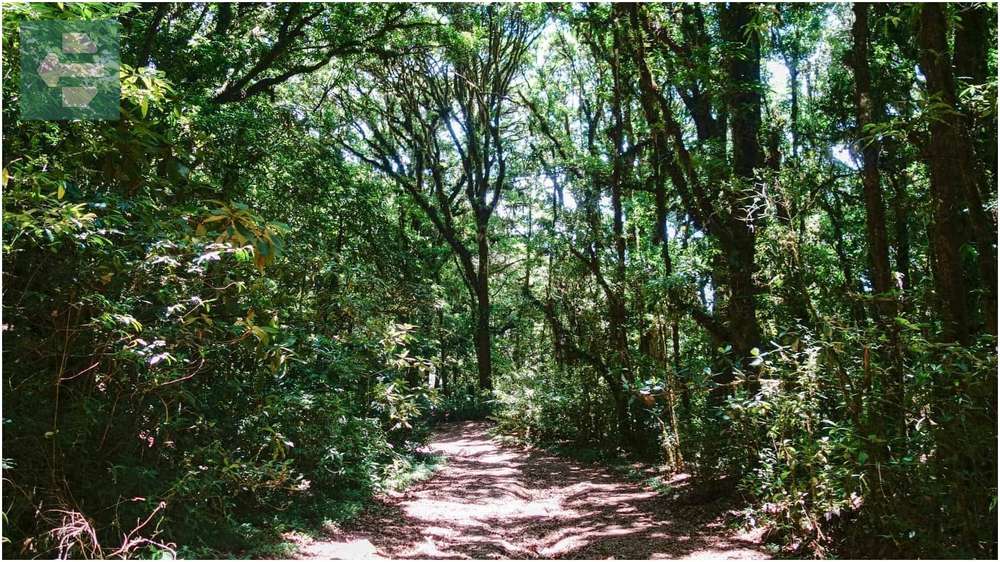
Well-marked trails wind through dense vegetation where howler monkeys and elusive jaguars roam. The park's elevation creates cooler temperatures and frequent mist, giving the forest an otherworldly atmosphere.
Bring layers—morning mist can be surprisingly cold, but afternoon sun breaks through the canopy to warm hiking trails.
Quick Facts:
- Peak season: November-April (dry season)
- Access: 30 minutes from Tegucigalpa
- Entry fee: From $5
- Suggested stay: Day trip or 1 night
- Highlights: Cloud forest trails, waterfalls, wildlife viewing, research station
6. Pico Bonito National Park: Adventure Central
Pico Bonito offers Honduras' most diverse outdoor activities in a single location. This massive park near La Ceiba combines pristine rainforest, rushing rivers, and spectacular waterfalls with adventure sports ranging from white-water rafting to canopy ziplines.

The Rio Zacate trail leads to thundering waterfalls through dense jungle where toucans and howler monkeys provide the soundtrack. A 400-foot suspension bridge offers treetop views across the Cangrejal River valley below.
Most visitors use La Ceiba as a base, but staying at jungle lodges within the park provides the full immersive experience of waking to howler monkey calls.
Quick Facts:
- Peak season: November-April
- Access: 30 minutes from La Ceiba
- Entry fee: From $15 plus guide fee $25
- Suggested stay: 2-3 days
- Activities: Hiking, rafting, ziplining, wildlife viewing, waterfall swimming
7. Cayos Cochinos: Pristine Island Paradise
These 14 small islands and two main cays remain largely untouched by mass tourism, offering some of the Caribbean's most pristine coral reefs and clearest waters. Protected as a marine reserve, Cayos Cochinos provides an exclusive taste of tropical paradise.

The islands can only be reached by boat, maintaining their unspoiled character. Brilliant coral formations lie in shallow waters perfect for snorkeling, while white sand beaches stretch between coconut palms and mangrove forests.
Chachauate Island hosts a small Garifuna fishing community where traditional culture remains strong. Their fresh-caught fish lunches, served beachside, rank among Honduras' finest dining experiences.
Quick Facts:
- Peak season: November-April
- Access: Boat from La Ceiba (1.5 hours) or Roatan (45 minutes)
- Entry fee: From $8 marine park fee
- Suggested stay: Day trip or 2-3 days
- Features: Coral reefs, Garifuna village, research station, pristine beaches
8. Lancetilla Botanical Gardens: Living Laboratory
Founded in 1925 as an experimental banana research station, Lancetilla has evolved into Latin America's largest botanical garden. This 4,150-acre preserve showcases tropical plants from around the world alongside native Honduran species.

The gardens divide into distinct sections: an arboretum featuring 636 Asian plant species and a preserved tropical forest with native trees. A natural bamboo tunnel creates a cathedral-like passage through towering stalks that filter sunlight into green-tinted rays.
Over 330 bird species inhabit the gardens, including both resident tropical birds and North American migrants. Early morning visits offer the best birdwatching and cooler temperatures for walking the extensive trail system.
Quick Facts:
- Peak season: November-April
- Access: 3 miles from Tela on main highway
- Entry fee: From $5
- Suggested stay: Half day to full day
- Highlights: Bamboo tunnel, bird watching, tropical plants, forest trails
9. Comayagua: Colonial Time Capsule
For over three centuries, Comayagua served as Honduras' capital, leaving behind the country's best-preserved colonial architecture. Cobblestone streets lead to grand churches and historic buildings that transport visitors to Spanish colonial times.

The cathedral houses one of the world's oldest functioning clocks, dating to the 12th century. Originally installed in Spain's Alhambra palace, this timepiece has measured centuries of Central American history.
Walking the central plaza at sunset, when vendors sell traditional sweets and families gather to socialize, reveals why Comayagua remains the heart of Honduran colonial culture.
Quick Facts:
- Peak season: November-April
- Access: 1.5 hours from Tegucigalpa
- Entry fee: Free city access, small fees for museums
- Suggested stay: 1-2 days
- Highlights: Colonial cathedral, historic clock, central plaza, museums
10. Gracias: Mountain Town Charm
Nestled in Honduras' western mountains, Gracias combines colonial architecture with access to the country's highest peaks. This peaceful town served as the capital of Central America in the 16th century, leaving behind impressive stone buildings and fortifications.

Fortaleza de San Cristobal provides panoramic views across the surrounding valleys and mountains. The nearby Celaque National Park protects Honduras' highest peak and offers challenging hiking through cloud forests.
Natural hot springs at Agua Caliente provide the perfect end to mountain hiking days. The mineral-rich waters maintain constant temperatures year-round, creating a natural spa experience.
Quick Facts:
- Peak season: November-April
- Access: 4 hours from San Pedro Sula
- Entry fee: Free town access, park fees vary
- Suggested stay: 2-3 days
- Features: Colonial fort, hot springs, Celaque National Park, mountain hiking
11. Garifuna Cultural Villages: Living Heritage
Along Honduras' Caribbean coast, Garifuna communities preserve a unique culture born from the fusion of West African, Carib, and Arawak traditions. These villages offer authentic experiences of music, dance, food, and traditional fishing practices.

In Corozal and Sambo Creek near La Ceiba, family-run restaurants serve traditional Garifuna cuisine featuring fresh seafood prepared with coconut milk and cassava. The communities welcome visitors to experience traditional drumming and punta dancing.
UNESCO recognizes Garifuna culture as a Masterpiece of Oral and Intangible Heritage of Humanity, making these village visits both educational and deeply moving cultural exchanges.
Quick Facts:
- Peak season: Year-round
- Access: Eastern La Ceiba (Corozal, Sambo Creek)
- Entry fee: Free village access, meal costs vary
- Suggested stay: Day visit or overnight
- Experiences: Traditional cuisine, music, dance, fishing culture
12. Jeanette Kawas National Park: Coastal Wilderness
This 781-square-kilometer park protects Honduras' most diverse coastal ecosystem, combining Caribbean beaches, mangrove forests, and tropical rainforest. The park encompasses the country's largest saltwater lagoon and provides habitat for jaguars, monkeys, and hundreds of bird species.

Access requires boat transportation from Tela, ensuring the park remains pristine and uncrowded. White sand beaches alternate with dense mangrove channels where manatees occasionally surface among the roots.
The park bears the name of environmental activist Jeanette Kawas, who died protecting these lands. Her legacy lives on in every pristine beach cove and untouched forest trail.
Quick Facts:
- Peak season: November-April
- Access: Boat tours from Tela
- Entry fee: Included in tour prices
- Suggested stay: Day trip
- Highlights: Mangrove channels, pristine beaches, wildlife viewing, lagoon ecosystems
Honduras reveals its treasures to those willing to venture beyond the typical tourist path. From ancient Mayan mysteries to pristine coral reefs, from colonial towns to untouched wilderness, these best places to visit in Honduras offer experiences that stay with you long after departure.
Each destination tells part of Honduras' story—whether through carved stones at Copan, vibrant reef life in Roatan, or traditional rhythms in Garifuna villages. Pack your sense of adventure and prepare to discover why this Central American gem deserves a place on every traveler's map.
Your Honduran adventure awaits, promising memories as diverse and unforgettable as the country itself.
